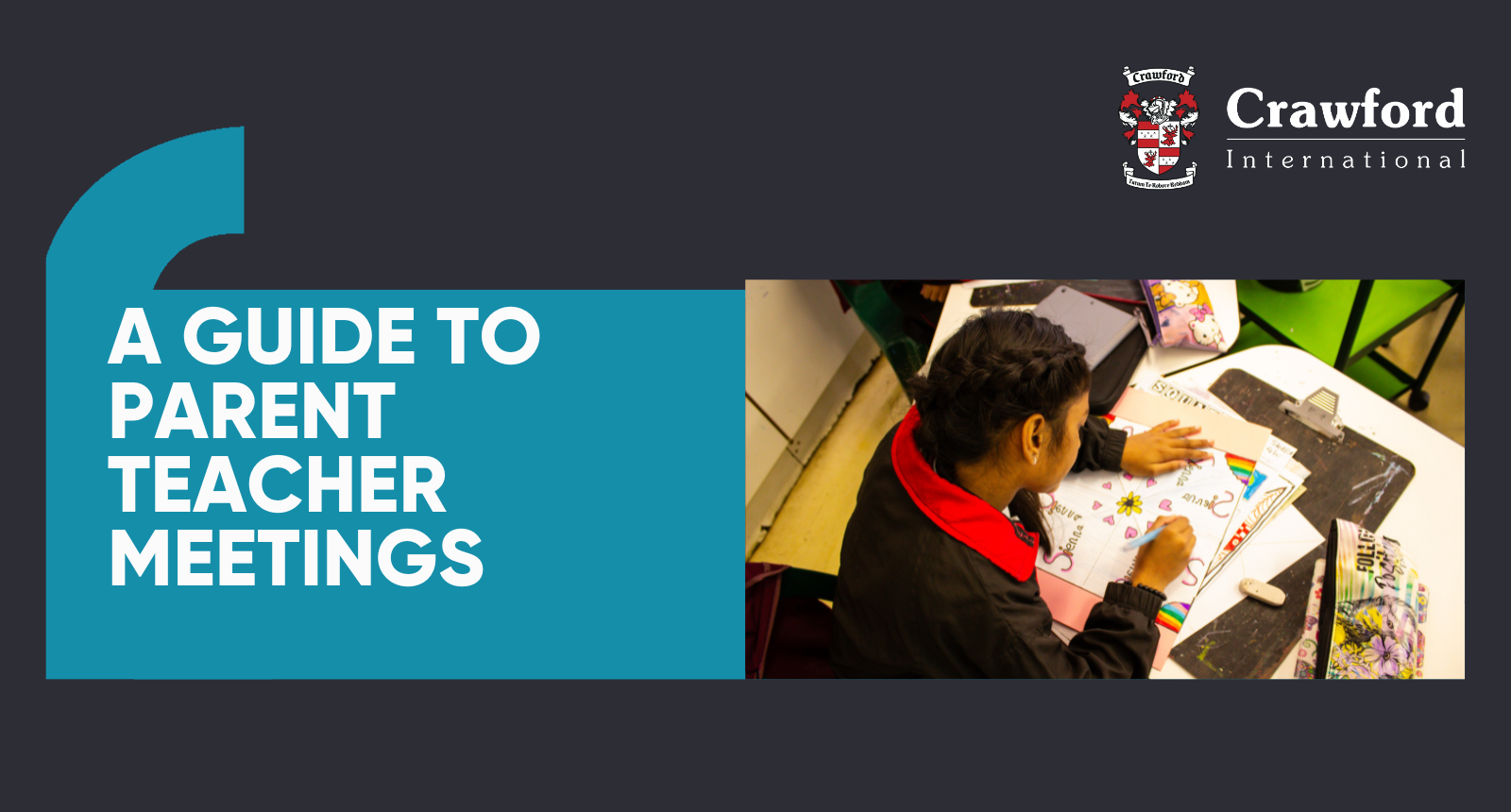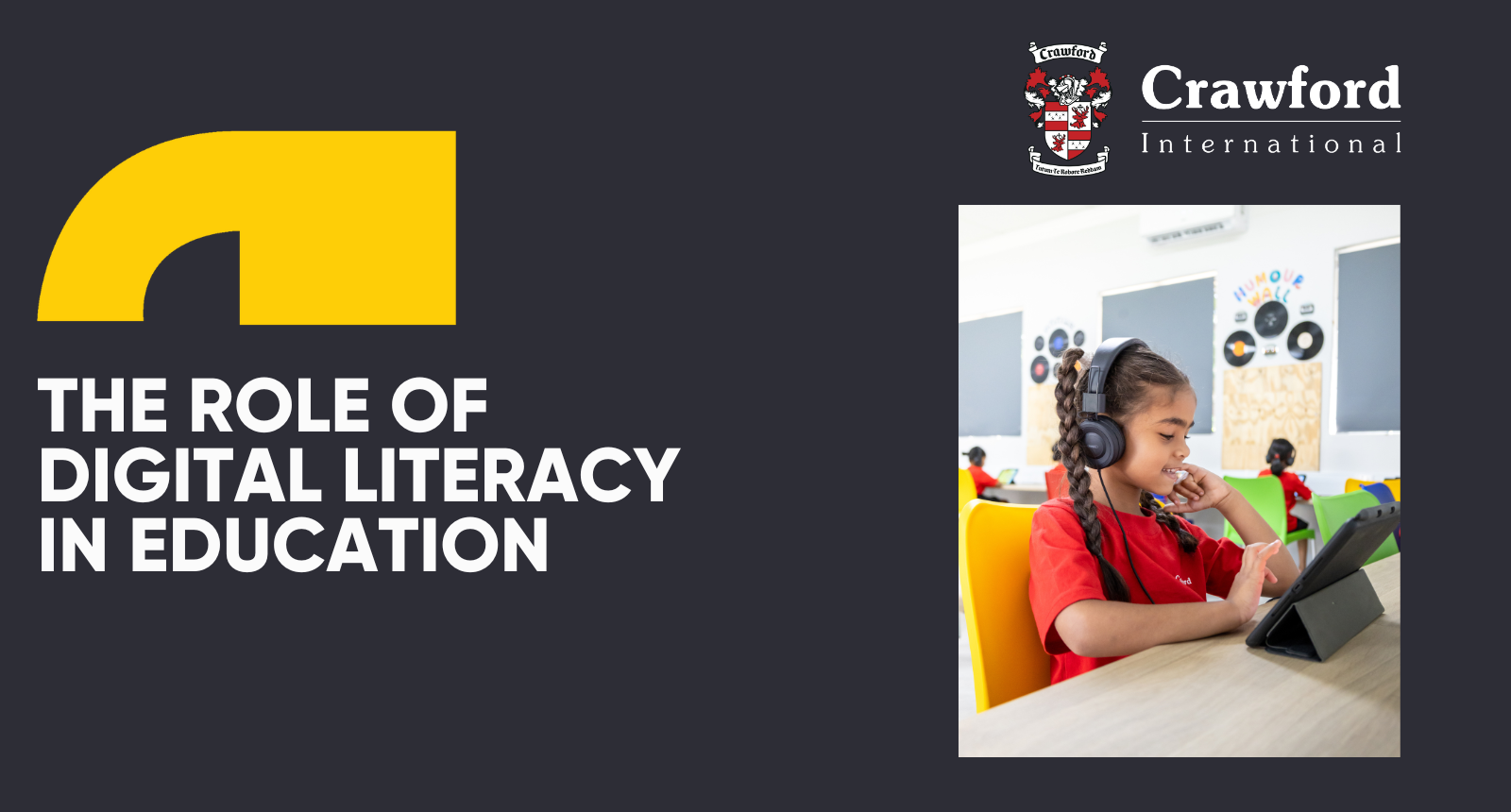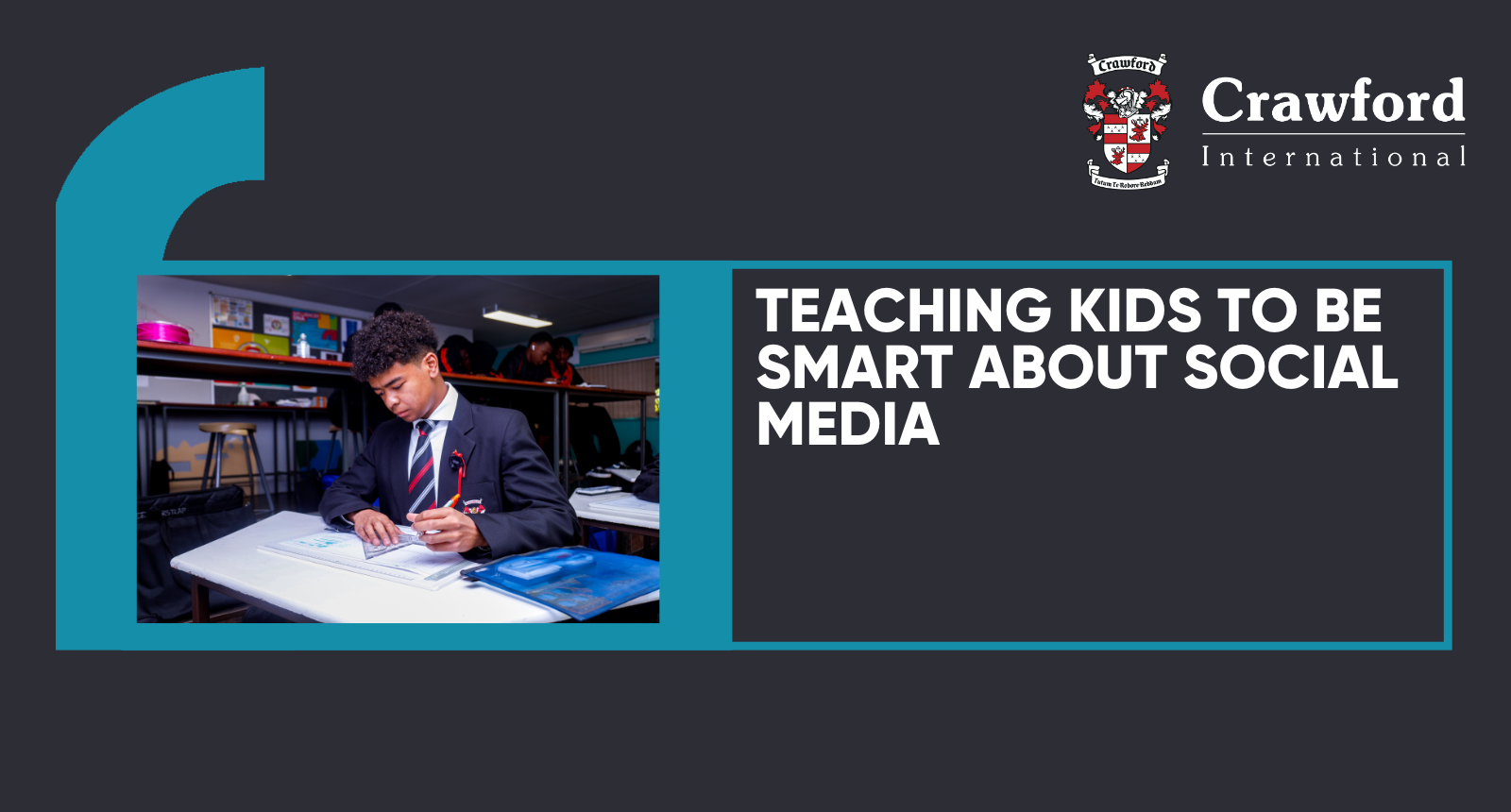
A Guide To Parent Teacher Meetings The new academic term has just started a few weeks ago, and families with school-going children are settling into their routines. However, as students transition back to the classroom, another important aspect of the school calendar looms, parent teacher meetings. While these meetings are integral to nurturing strong collaboration between families and schools, they can also bring a mix of emotions, from curiosity to unease, for parents. In South Africa, where over 12 million students attend public and private schools (Department of Basic Education, 2023), the importance of such interactions cannot be overstated. These sessions offer invaluable insights into a child’s academic progress, social development, and overall well-being. What Are Parent Teacher Meetings? Parent teacher meetings are structured conversations between parents and their child’s teachers, aimed at discussing the student’s academic performance, behaviour, and overall development. These meetings create an opportunity for open communication, ensuring that both parties can collaborate effectively to support the student’s educational journey. They are not just a platform for addressing concerns but also for celebrating achievements and setting shared goals. What Do They Entail at Crawford? At Crawford International, parent teacher meetings are designed to be more than just routine check-ins. They reflect our commitment to fostering strong partnerships with families. During these sessions, parents meet with teachers to gain a holistic view of their student’s progress, not only academically but also socially and emotionally. Teachers share personalised feedback, highlight areas of growth, and discuss strategies to address challenges. These meetings are tailored to align with our ethos of developing well-rounded students, emphasising collaboration to ensure every child reaches their potential. How Often Are They? Parent teacher meetings at Crawford typically occur once per term, although additional sessions may be scheduled based on specific needs or requests. Regularity ensures that parents stay informed about their child’s journey throughout the academic year. These consistent touchpoints help to build trust and maintain a steady flow of communication between parents and teachers. How Best Should Parents Prepare for Them? Preparation is key to making the most of parent teacher meetings. Here are a few practical tips: Review Reports and Notes – before the meeting, review any recent academic reports, test results, or communication from the school. This provides a foundation for meaningful discussions. Prepare Questions – jot down specific questions or concerns you want to address. For example, ask about areas where your child excels or struggles and how you can support them at home. Engage with Your Child – have a conversation with your child about their experiences at school. Understanding their perspective can provide valuable context for the meeting. Be Open-Minded – approach the meeting with a collaborative mindset. Remember, the goal is to work together with the teachers to support your child’s growth. Take Notes – during the meeting, take notes on key points discussed, including recommendations from teachers. This ensures you can follow through on agreed actions. Parent teacher meetings are more than a requirement; they are an investment in a child’s future. By approaching these sessions with preparation and a collaborative spirit, parents can play an active role in shaping their child’s educational journey. As families across South Africa embrace this vital part of the school experience, let’s work together to make each interaction meaningful and impactful.

FOR IMMEDIATE RELEASE Crawford International Celebrates the Matric Class of 2024 Crawford International proudly announces the exceptional performance of its Matric Class of 2024. Across all campuses, students collectively achieved 1527 distinctions, with an impressive average of 2.81 distinctions per candidate, reinforcing the school’s commitment to academic excellence and holistic education. Crawford Sandton emerged as the top-performing campus, achieving 504 distinctions with an average of 4.27 distinctions per candidate. This success reflects the dedication of students and teachers and the strength of Crawford’s academic programmes. Tracey Purkiss, Principal of Crawford Sandton College, praised the achievements of this year’s matriculants; "the Class of 2024 has demonstrated a true Crawfordian spirit in their approach to their final year. Their achievements reflect their hard work and commitment, and we are incredibly proud of their success. I look forward to the positive contributions they will make as global leaders."










